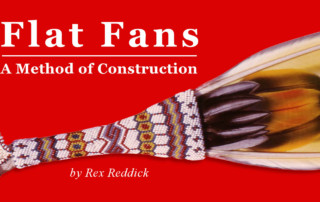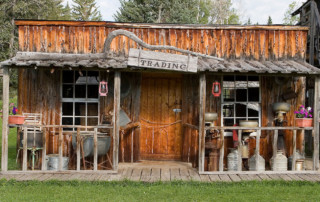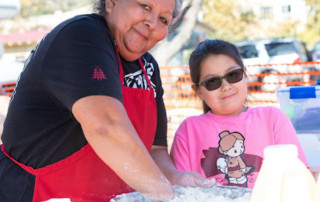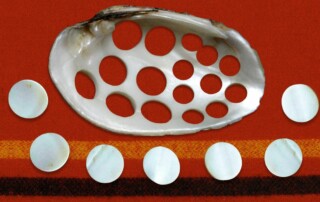Fountainhead of the Lake George School of Horn Engravers
John Bush, a Black American provincial soldier, and one of the first of the Lake George school of horn engravers, became renowned for his intricate and artistic powder horn engravings. His contributions to the craft were significant, though his life was short and tragically ended after being captured in 1757 at the Battle of Fort William Henry during the French and Indian War.










